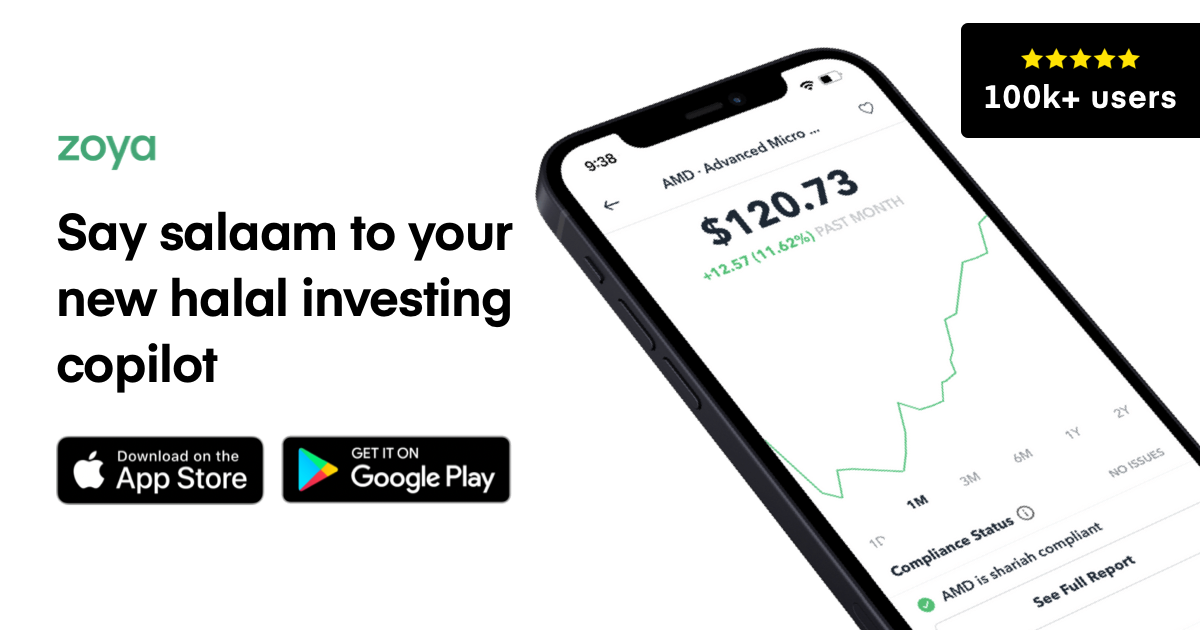Raising Financially Literate Kids: A Muslim Parent's Guide

The last few months have proven to be quite the financial whirlwind globally. From rising inflation rates to stagnating salaries - learning to build a healthy relationship with your money is more important now than ever before.
We’re facing a recession that looks quite different from that of 2008. The US battles a rise in oil prices, and across the pond, Brits are facing eye-watering mortgage rates, rising energy bills, and an imminent return to austerity measures.
With the announcement of the ‘mini-budget,’ the UK is set for an economic shift. And while many wrestle with rising costs, the ability to grow wealth becomes increasingly difficult. A key factor influencing limited generational wealth is poor financial literacy and management skills.
While financial management was first introduced in 2014 as part of Personal, Social, and Health Education (PSHE) lessons in the UK, it is not a mandatory part of the curriculum. In 2021, the All-Party Parliamentary Group on Financial Education for Young People concluded that the current delivery of financial education across the UK was ‘patchy.’
A survey of 2,000 15-18-year-olds conducted by the London Institute of Banking and Finance found that 81% worry about money, with 67% more financially anxious due to COVID-19. Moreover, over 70% (72%) want to learn more about money and finance in school. When asked where they gained their financial understanding, 56% stated their parents, rising to 81% when including informal self-teaching.
With an estimated 50% of Muslims in Britain living in poverty, as compared to 18% of the overall population, learning and teaching sound financial habits has never been more critical.
So how do you begin to build financial awareness amongst children from an early age?

Zoya: Halal Stocks, ETFs, Mutual Funds
Zoya makes halal investing easy by helping you build and monitor a shariah compliant investment portfolio with confidence and clarity.
In Part 1 of this series, I will be going over how you can talk to your children if they are between the ages of three to eight.
Primary socialization is a core part of a child’s early development (0-5 years). They are likely to pick up on your habits, expressions, and how you interact with them. Body language is a vital tool at your disposal, as children tend to pick up on what you’re saying via your movement and openness as their brains continue to develop.
At this age, many children can:
- Recognize different coins by distinguishing their color, size, and shape.
- Understand that things cost different amounts of money, such as buying toys versus sweets.
- Understand that money needs to be kept safe, so they don’t lose it and can keep track of how much they have.
Everyday activities, such as going to the supermarket, are a really easy entry point when teaching small children about money. For example, you can:
- Make a shopping list together and ask how many items of X are needed for the week.
- Ask your child to compare prices (which one is more/less expensive?).
- Pay at the till together and check the receipt.
- Ask your child if they had a budget, what they would spend it on, and why.
Creating immersive experiences and open dialogue is key to helping your children understand money’s value and its role in your lives.
Keeping money safe
It may be that your child receives financial gifts from family or friends (Eid, birthdays, etc.). This is an excellent opportunity to help your child understand how to keep money safe and what that looks like.
Having a money box is an excellent idea for kids, as they can physically see and store their money. It’s also a great way to introduce them to counting, saving, and goal setting.
For example, they may wish to buy a toy with their money and so building a financial goal and setting out to achieve it is not only a great teaching moment, but it builds financial resilience from an early age.
Instilling your child with the importance of saving and spending from an early age can set them up for a healthy and balanced financial approach.
Encouraging your child to save and to give sadaqah
While learning and building wealth is an integral part of life, it should also coincide with your child’s holistic Islamic development. Incorporating the importance of giving to those in less fortunate circumstances instills a healthy relationship with money and wealth-building.
As they grow older, explaining the importance of regular sadaqah and its material & spiritual benefits will not only spur your child to build a bond with Allah but will also help form a healthy attachment to money. As they learn how to manage their finances, think of how they can best help others, and understand that money ultimately comes and goes, but it is Allah who writes our rizq (sustenance).
Take these moments to help your child understand why they’re donating some of their money by:
- Asking them about the causes they care about and letting them pick the charity they want to donate to.
- Showing them the effects of their donation (if it’s a local charity, going to visit, or reading newsletters and signing up for events).
- Relating it to why helping people is a good thing and how giving to charity helps us all (spiritually and otherwise).
Set your child up financially
Building generational wealth can seem overwhelming initially, and teaching a child how to invest may seem even more daunting, particularly if you have limited experience in investing. But you can take this opportunity, while your children are still young, to learn the fundamentals of investing so you can help to boost their financial confidence and evoke a sense of responsibility as they get older.
Further to that, as is the age-old rule when it comes to investing - it’s about time in the market, NOT timing the market! So although they may not understand the difference between an individual stock and an ETF just yet, by setting up an investment account for them as soon as you are confident to do so can really allow your child to maximize their returns once they are of age!
Many countries offer tax-advantaged investment accounts. If you’re based in the USA, there are many investment options to choose from. Here are a few that are great starting points to consider.
- A Custodial Account: If you’d like to gift your child with money whilst using an account as a financial teaching tool, this may be up your street. The Uniform Gifts to Minors Act (UGMA) or Uniform Transfers to Minors Act (UTMA) is set up by an adult for the benefit of a child.
- A Custodial IRA: If a child is earning an income, they may be eligible for an IRA. This account is also managed by a parent or guardian until the child is of age, though it is legally the child’s investment. The child is able to gain access to the account once they reach the age of 18-21, depending on the state they reside in.
A Custodial IRA can yield astonishing results. Consider this - if you were to contribute roughly $3/day to a Child IRA from the moment your child is born, that works out to about $1,000 a year. If you were to do that every year until your child reaches 19 and then stop contributing, assuming an annual return of 8% per year, the child will have more than $2 million at the age of 70.
However, as it currently stands, your child can only invest either $6,000 or however much they earned during the year - whichever is the lower amount. - 529 Education Savings Plan: This is great if you want to specifically save for your child’s education. It is a state-sponsored investment plan which allows you to withdraw funds tax-free to cover nearly any type of education expense from kindergarten through to graduate school. 529 plans may offer additional state or federal tax benefits.
- Coverdell Education Savings Account (ESA): Another way to save money for your child's educational costs is through a Coverdell ESA. The earnings in this account grow tax-free and can be withdrawn tax-free as long as they are used for approved educational costs; however, contributions to the account are not tax deductible. There are income restrictions on who may contribute to Coverdell ESAs and a $2,000 yearly contribution cap per beneficiary which is significantly lower than that of a 529 Savings Plan.
The UK also offers an array of tax-free investment options for parents. These include:
- Junior Individual Savings Accounts (JISA): Family and friends can put up to £9,000 into the account on behalf of the child in the 2022/23 tax year, with no tax on any income generated i.e dividends. Once your child turns 18, they’ll be able to make tax-free withdrawals from the age of 18.
- Junior Self-Invested Personal Pension (JSIPP): This is a Self-Invested Personal Pension you can open on behalf of a child to help them invest for retirement. This is particularly useful when considering the average person will need a $2 million nest egg in order to have a balanced lifestyle post-retirement, so getting a head start enables your child to compound their investments and dividends to ensure a better quality of life later on. In addition, the UK government will boost your investment by 20%. However, you can only invest up to £3,600 per year for 2022/23.
Developing healthy financial habits is likely to positively impact future generations in building healthier and more Islamically-conscious relationships with money. By having both parents learn more about finance and equipping themselves with the tools they need to uplift themselves financially, you can help to build and promote more financially-active ways to engage your kids into healthy life-long habits.
